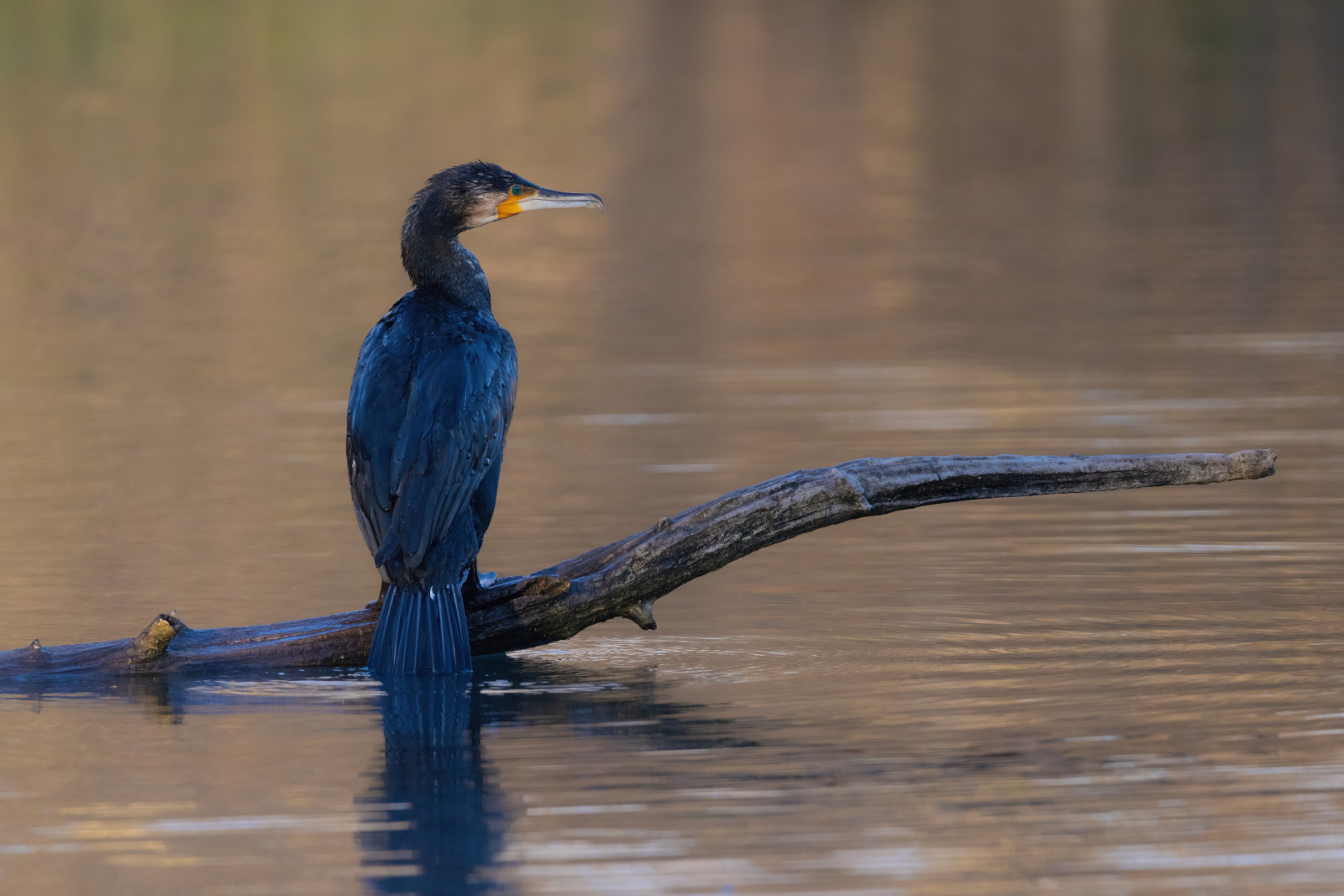Opis
The Embalse de Alfonso XIII is a large reservoir, endowed with different islands with vegetation, where you can observe a great variety of birds, especially during wintering. They include głowienka, perkoz dwuczuby, kormoran, czapla siwa or czapla nadobna among other species.
_________________________
Espagnol: El embalse de Alfonso XIII o también llamado Embalse del Quípar es una zona ZEPA que alberga una gran cantidad de avifauna. El area es un embalse de amplias dimensiones, dotado de diferentes islas con vegetación, donde podremos obersvar gran variedad de aves, especialmente durante la invernada. Destacan głowienka, perkoz dwuczuby, kormoran, czapla siwao czapla nadobna entre otras especies.
Szczegóły
Dostęp
Access is through the road, there is no parking as such, but a flat area, with enough space so that different vehicles can be parked. It is best to explore the area on foot, since the reservoir only has small paths.
_________________________
Espagnol: El acceso es a través de carretera, no hay un parking como tal, pero si una zona llana, con el suficiente espacio como para que se puedan aparcar diferentes vehículos. La zona, lo mejor es explorarla caminando, ya que el embalse solo posee pequeñas sendas.






